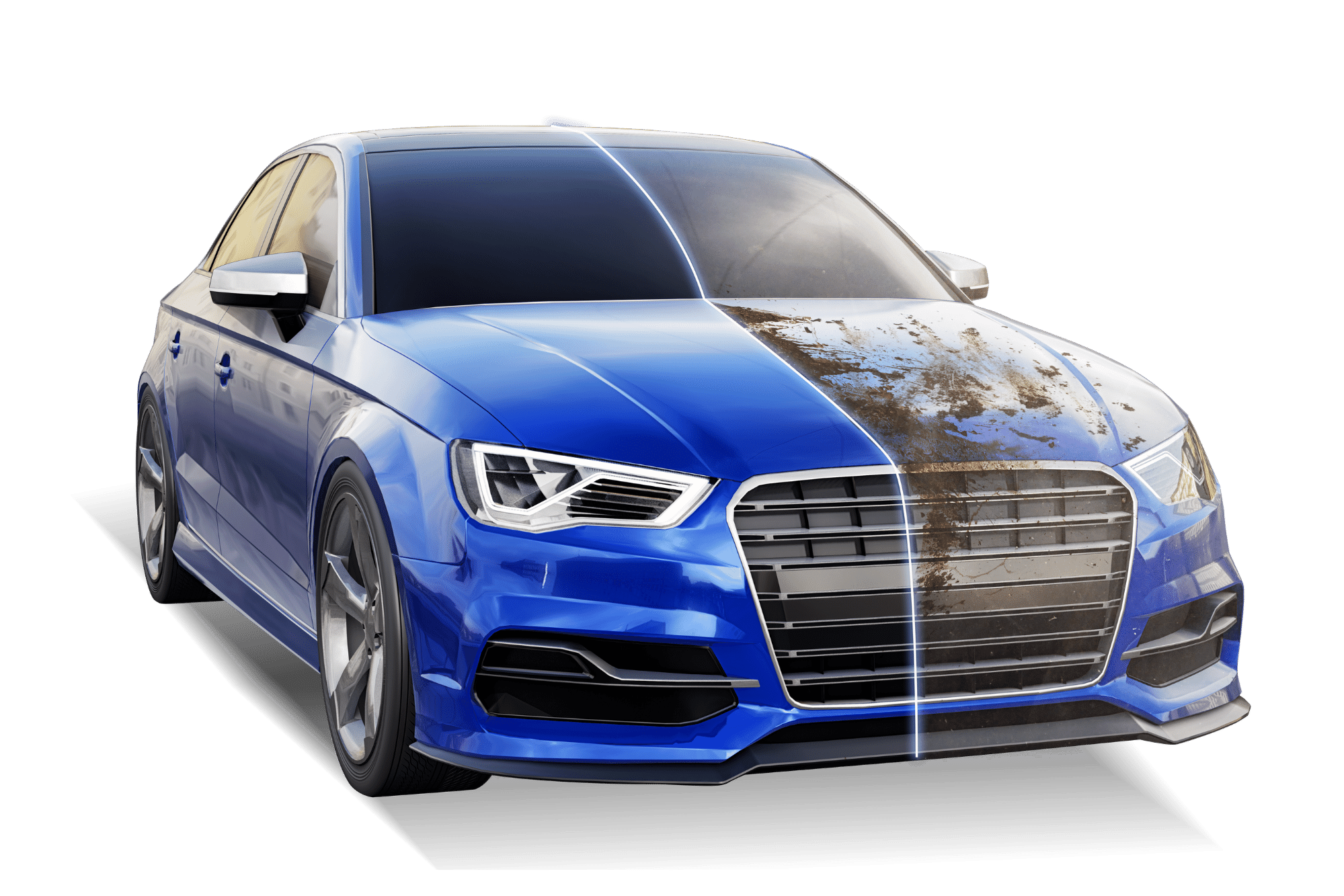Choose specialized car detailing to maintain your vehicle’s appearance.
Choose specialized car detailing to maintain your vehicle’s appearance.
Blog Article
A Comprehensive Overview to the Types of Ceramic Covering on the Market
Ceramic coverings have arised as a pivotal service across different industries due to their distinct homes and applications. As we check out the distinctive qualities and applications of these coatings, the ramifications for efficiency and longevity become significantly evident, increasing questions concerning which type could finest suit your requirements.
Recognizing Ceramic Coatings
Ceramic coatings are advanced protective remedies that have actually gained appeal in various industries, especially in automobile and aerospace applications. These finishings contain a liquid polymer that, when healed, forms a durable, hydrophobic layer on the surface of the substrate. This layer provides improved resistance to ecological impurities, UV radiation, and chemical direct exposure, therefore extending the life and visual appeal of the underlying product.
The basic part of ceramic coverings is silica, which adds to their hardness and toughness. The application procedure typically involves surface area prep work, application of the finishing, and curing, which can be achieved with warm or UV light. Once healed, ceramic coatings show exceptional bonding buildings, enabling them to adhere highly to a selection of surface areas, consisting of steels, plastics, and glass.
Along with their safety functions, ceramic coatings likewise provide ease of maintenance. Their hydrophobic nature minimizes the adherence of dirt and crud, making cleaning less complex and much less regular. In general, the adoption of ceramic finishings stands for a considerable improvement in surface area security modern technology, supplying both useful and visual advantages across multiple fields.
Kinds Of Ceramic Coatings
Different kinds of ceramic coatings are offered, each created to meet particular performance needs and applications - Paint Protection Film. The most typical kinds consist of:
Silica-based Coatings: These layers primarily contain silicon dioxide and are understood for their sturdiness and chemical resistance. They are extensively used in auto and commercial applications.
Titanium Dioxide Coatings: Popular for their photocatalytic residential or commercial properties, titanium dioxide coatings are typically used in atmospheres where self-cleaning and antifungal buildings are desirable, such as in building products and automotive coatings.
Zirconia Coatings: Characterized by their high-temperature security and thermal resistance, zirconia finishes are made use of in applications such as wind turbine engines and high-performance auto parts.
Alumina Coatings: Showing exceptional solidity and thermal stability, alumina finishings are regularly used in wear-resistant applications, consisting of reducing tools and commercial machinery. - Paint Protection Film
Crossbreed Coatings: Integrating the properties of numerous products, hybrid layers supply boosted efficiency features, making them suitable for one-of-a-kind and requiring see here applications.
Each sort of ceramic layer serves unique objectives, permitting users to pick the most ideal option based on specific ecological problems and efficiency demands.
Benefits of Ceramic Coatings
Coatings play an essential duty in enhancing the efficiency and advice long life of surface areas throughout different sectors. Ceramic coverings, particularly, deal numerous advantages that make them increasingly preferred amongst producers and customers alike. Among the primary benefits is their outstanding see this sturdiness. These coverings are immune to scratches, chemicals, and UV rays, ensuring that the underlying surface stays safeguarded over time.
In enhancement to longevity, ceramic coatings offer superb hydrophobic homes, enabling very easy cleansing and maintenance. This water-repellent nature decreases the adherence of dust, grime, and other impurities, which can lengthen the visual charm and capability of the surface area. Ceramic layers can significantly enhance thermal resistance, making them optimal for applications that endure high temperatures.

Application Process
When using ceramic finishes, a meticulous technique is important to attain ideal results. The application procedure commonly begins with detailed surface prep work. This includes washing, decontaminating, and polishing the surface area to get rid of all contaminations, consisting of dust, oil, and prior waxes or sealers. A clean surface guarantees correct attachment of the finishing.
When the surface is prepped, the following action is to apply the ceramic finish. This can be done utilizing an applicator pad or a microfiber cloth, ensuring also coverage. It is important to function in small areas to preserve control and avoid early healing. The covering needs to be used in thin layers, as thicker applications can bring about irregular coatings.
After application, the finishing calls for a details curing time, commonly varying from a couple of hours to a full day, depending on the item. Following these steps vigilantly will optimize the efficiency and longevity of the ceramic finish, providing a long lasting protective layer for the surface area.
Maintenance and Long Life
To make sure the long life and efficiency of a ceramic finishing, regular upkeep is crucial. Ceramic coverings, known for their toughness and protective qualities, need specific treatment routines to optimize their life-span and efficiency.
Along with routine cleaning, regular inspections are essential. Look for indicators of wear or damages, such as hydrophobic buildings decreasing or surface area flaws. If needed, a light polish might be put on revitalize the finish without removing it away.
In addition, the application of a booster spray can boost the finishing's hydrophobic effects and recover its gloss. This is specifically advantageous for finishes that have been in use for a prolonged duration. Eventually, by adhering to these upkeep practices, one can considerably extend the life of a ceramic covering, making sure that it continues to supply optimum security against environmental elements and preserve the visual charm of the vehicle.
Conclusion

Report this page